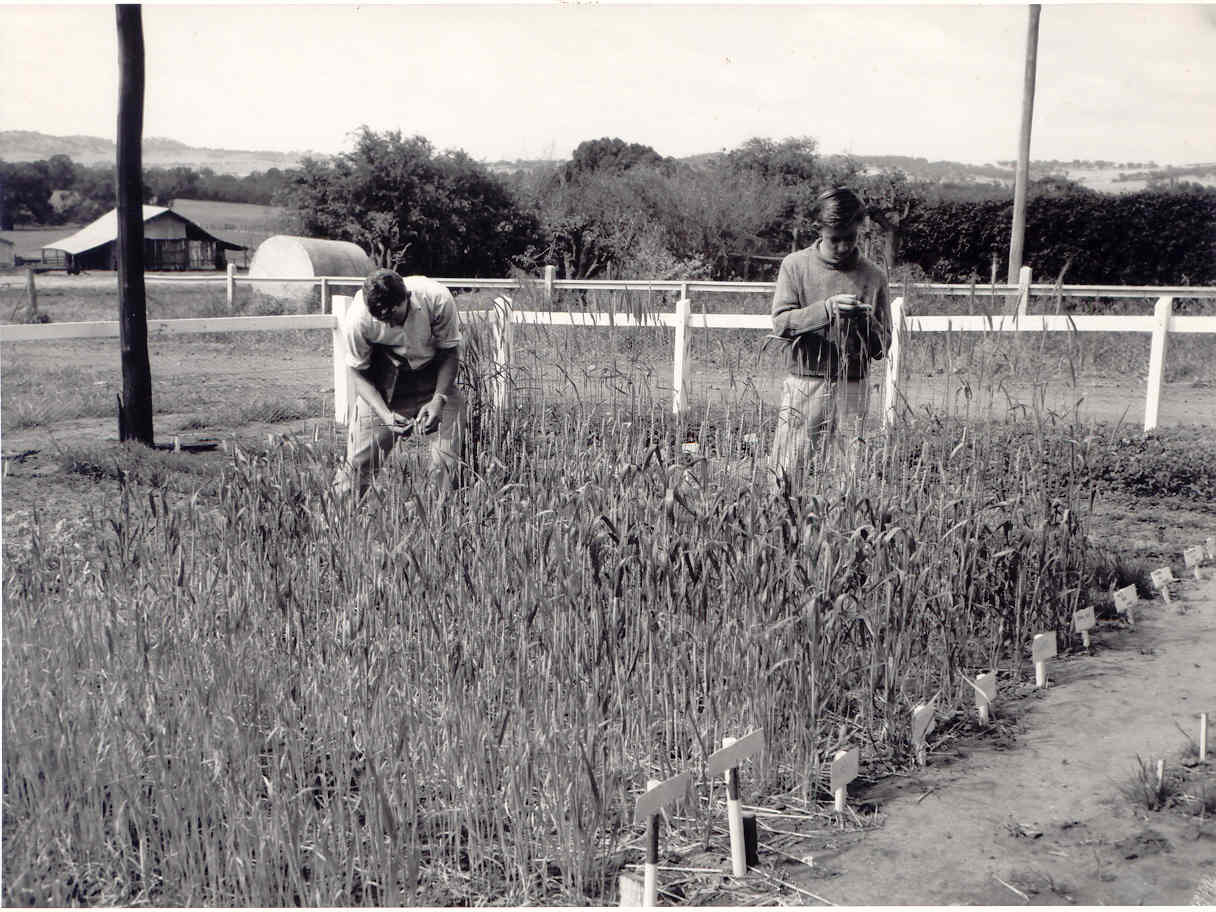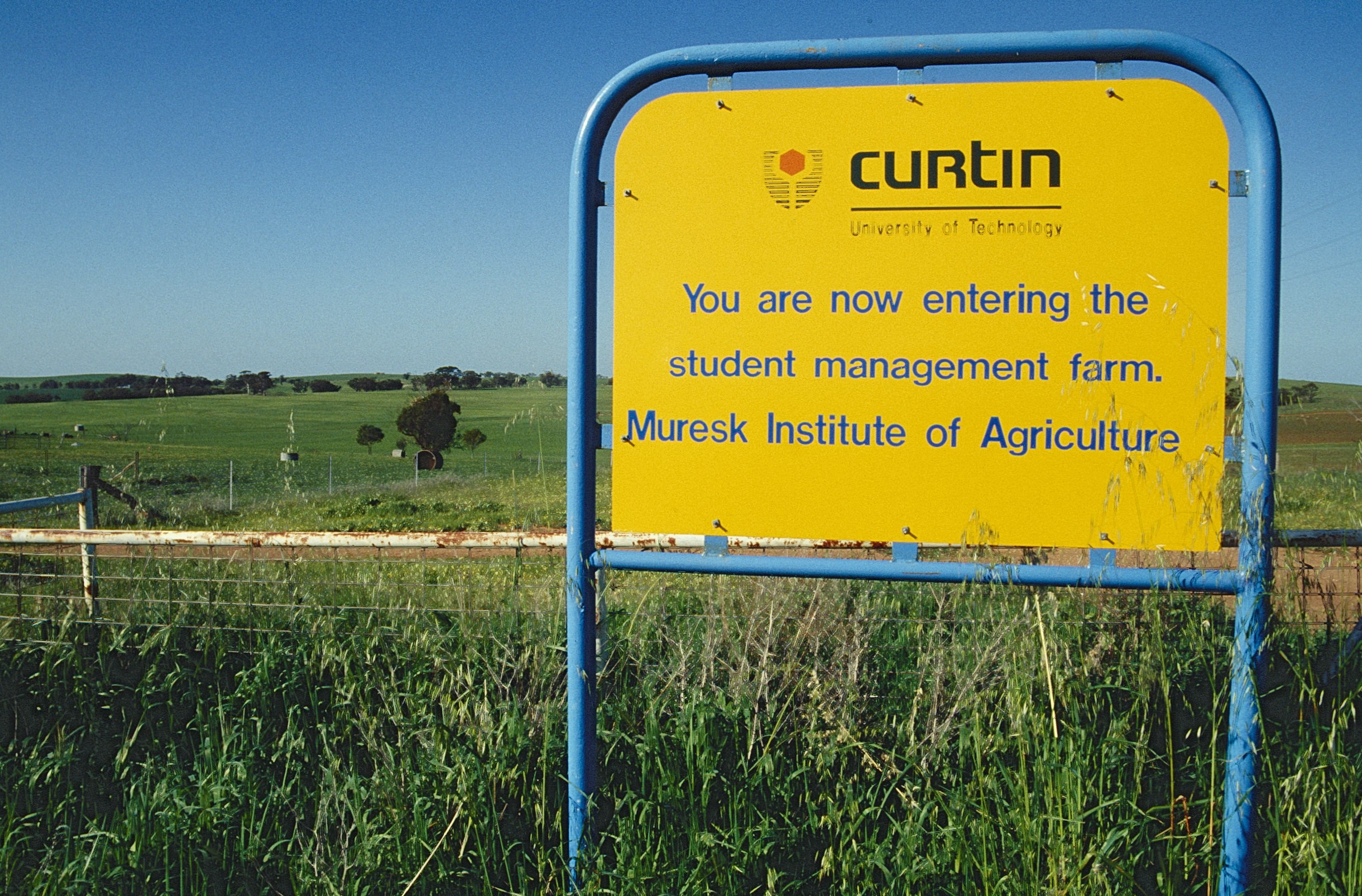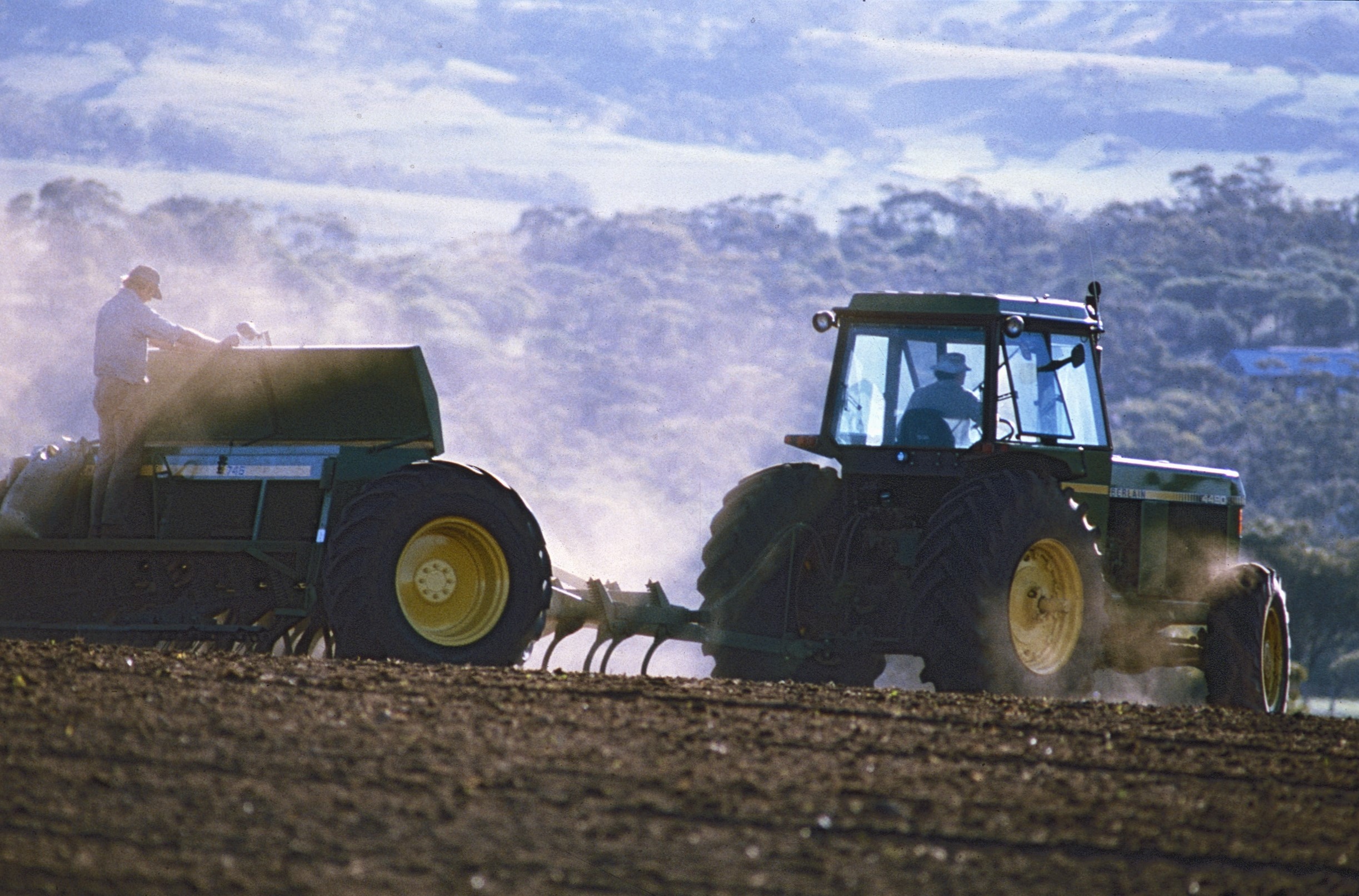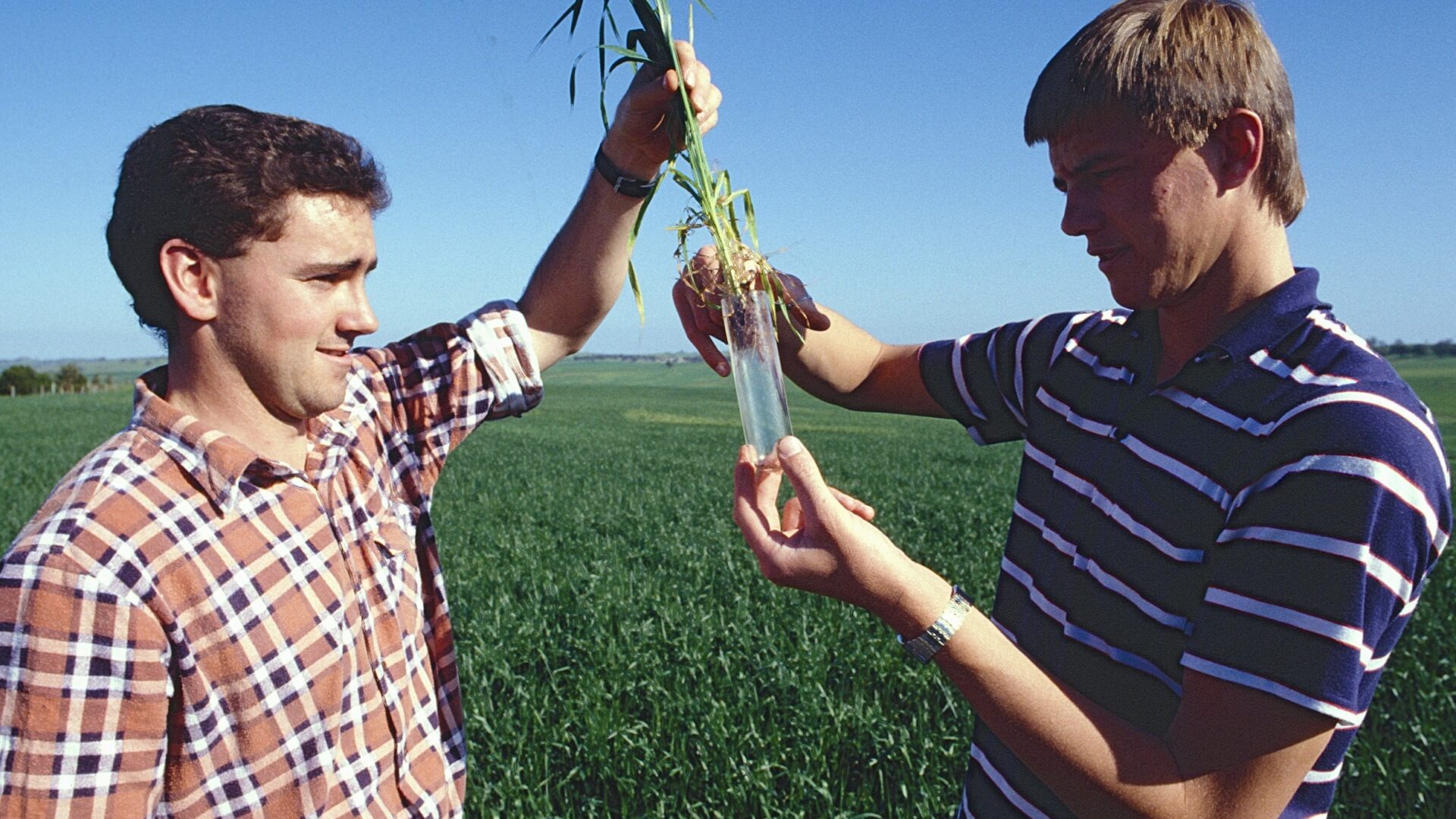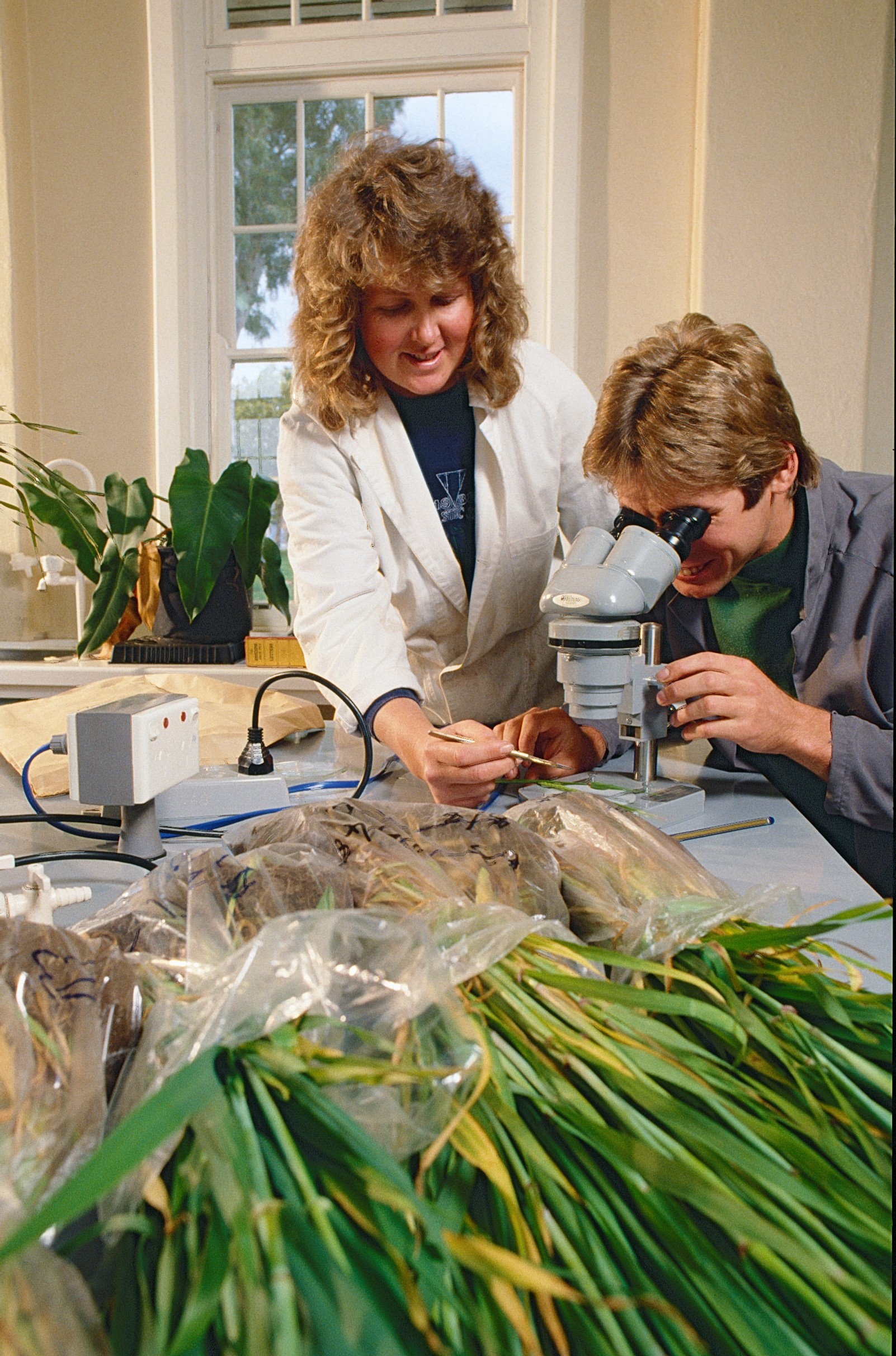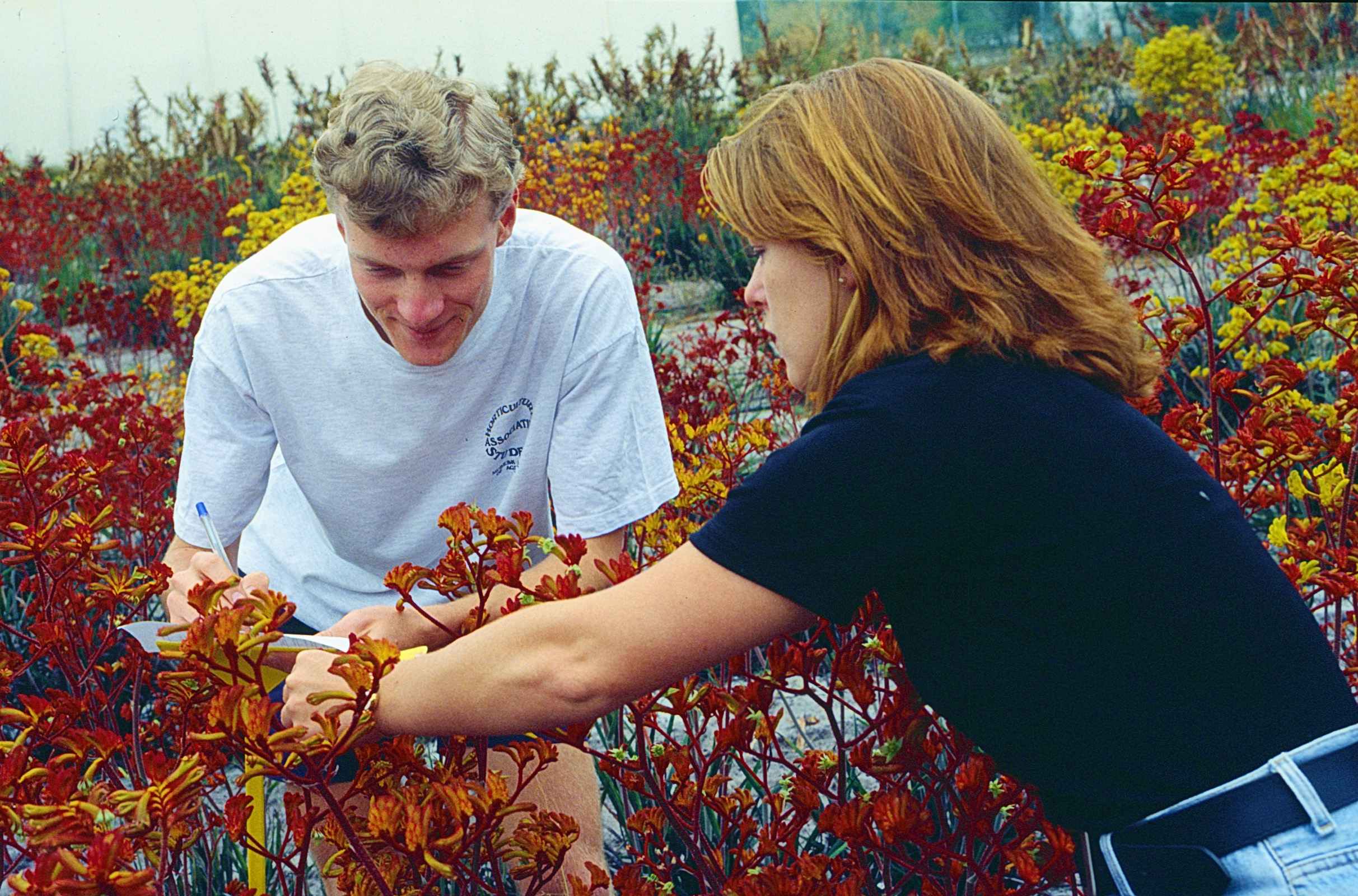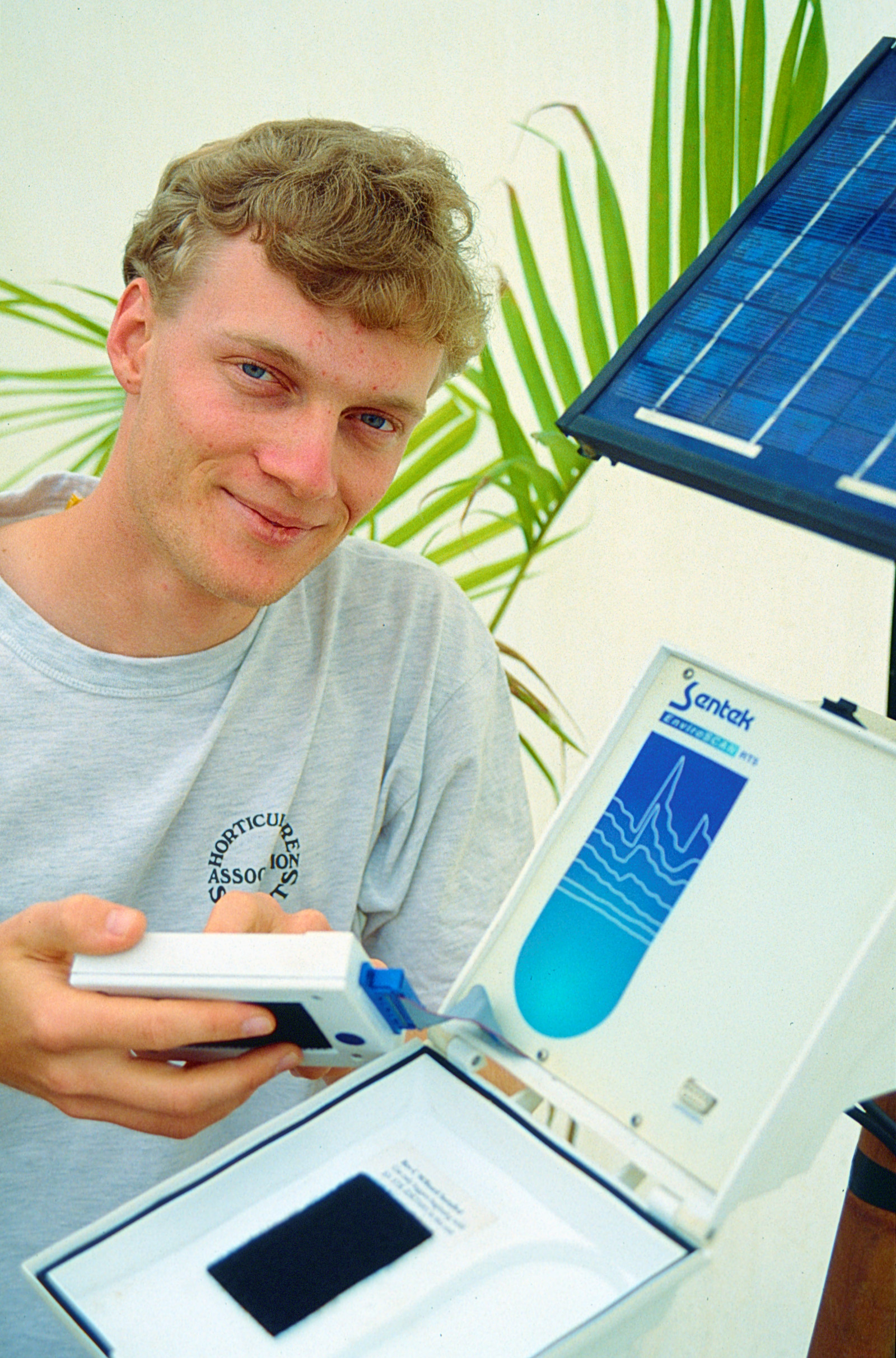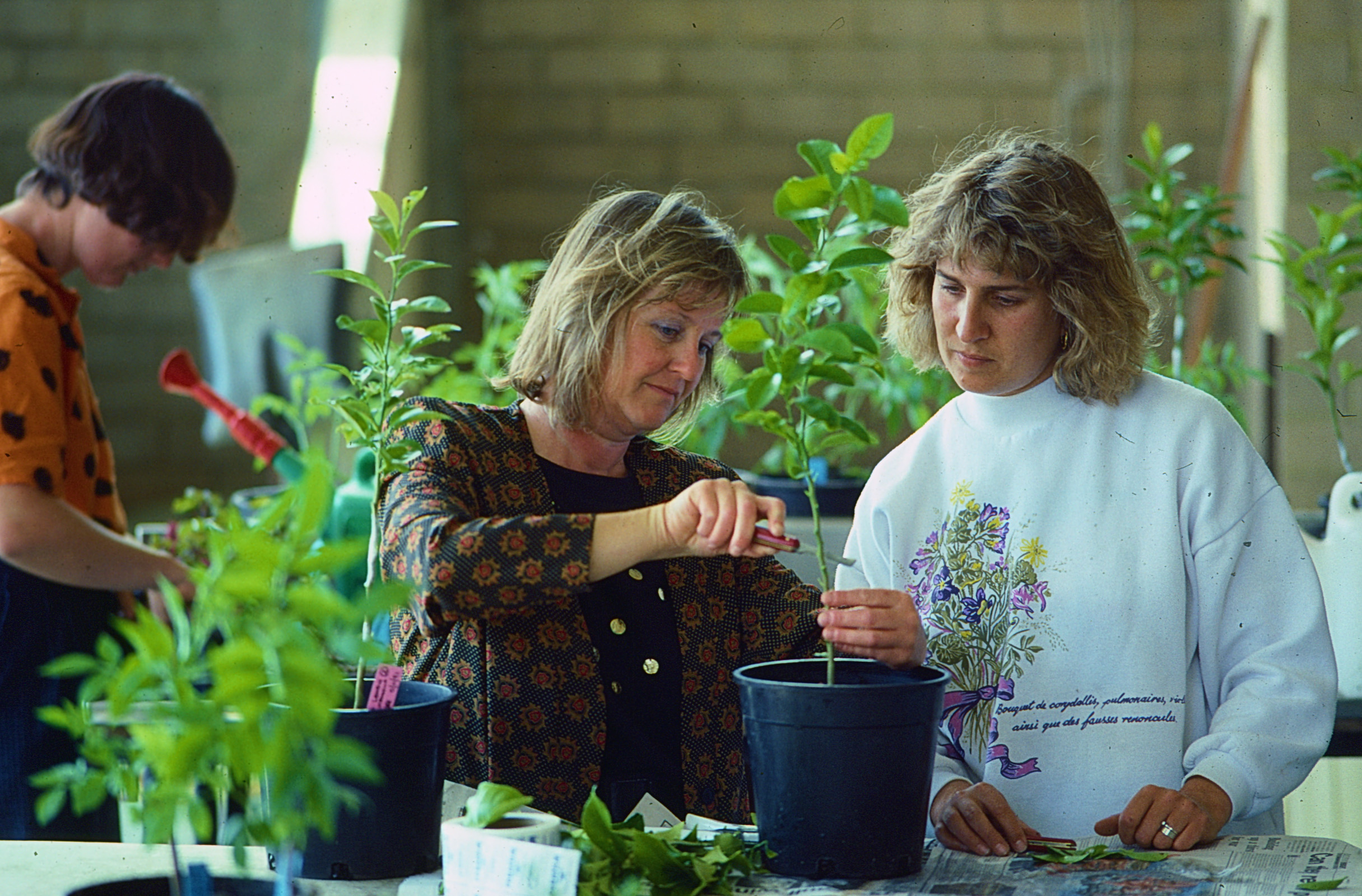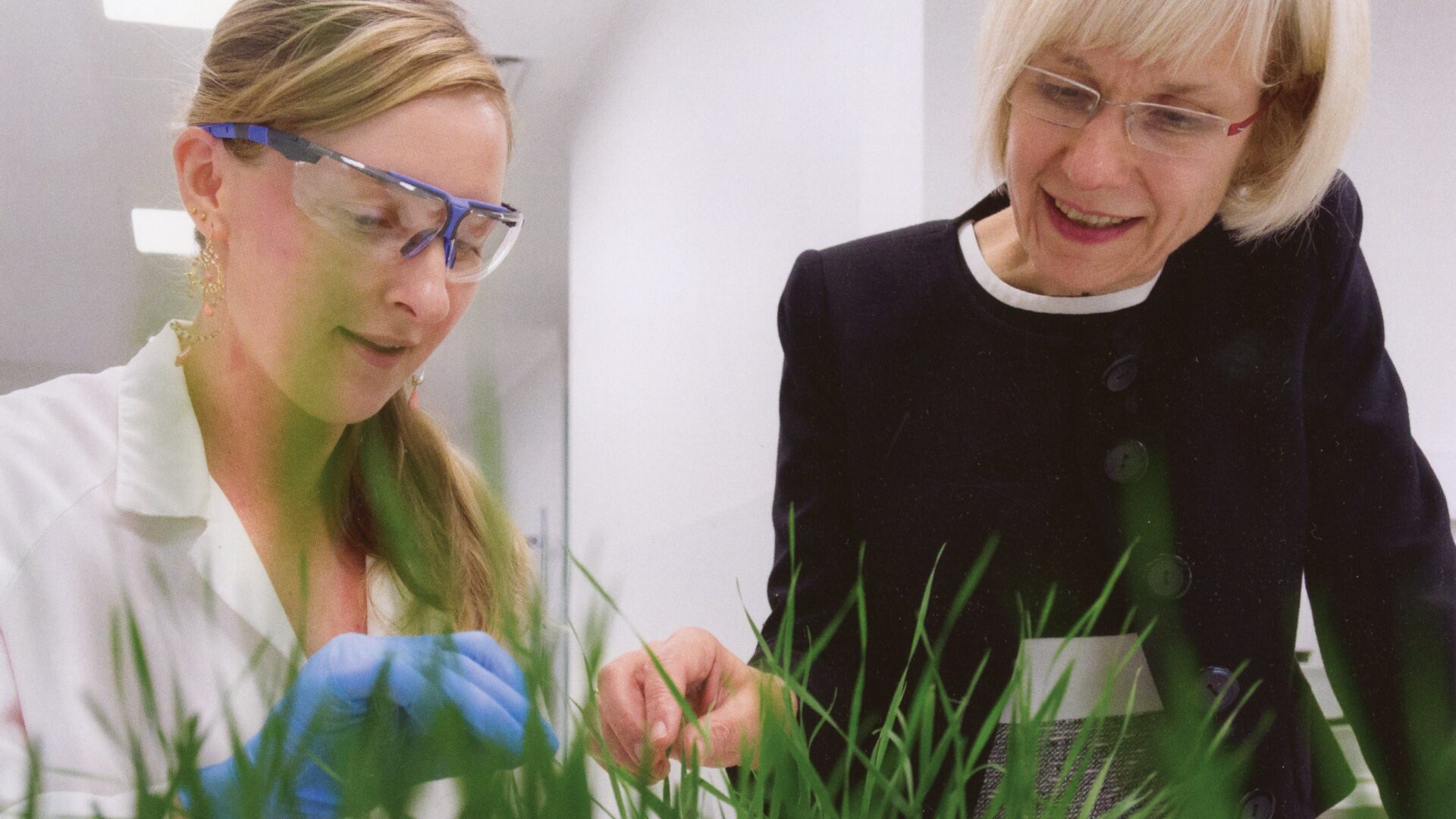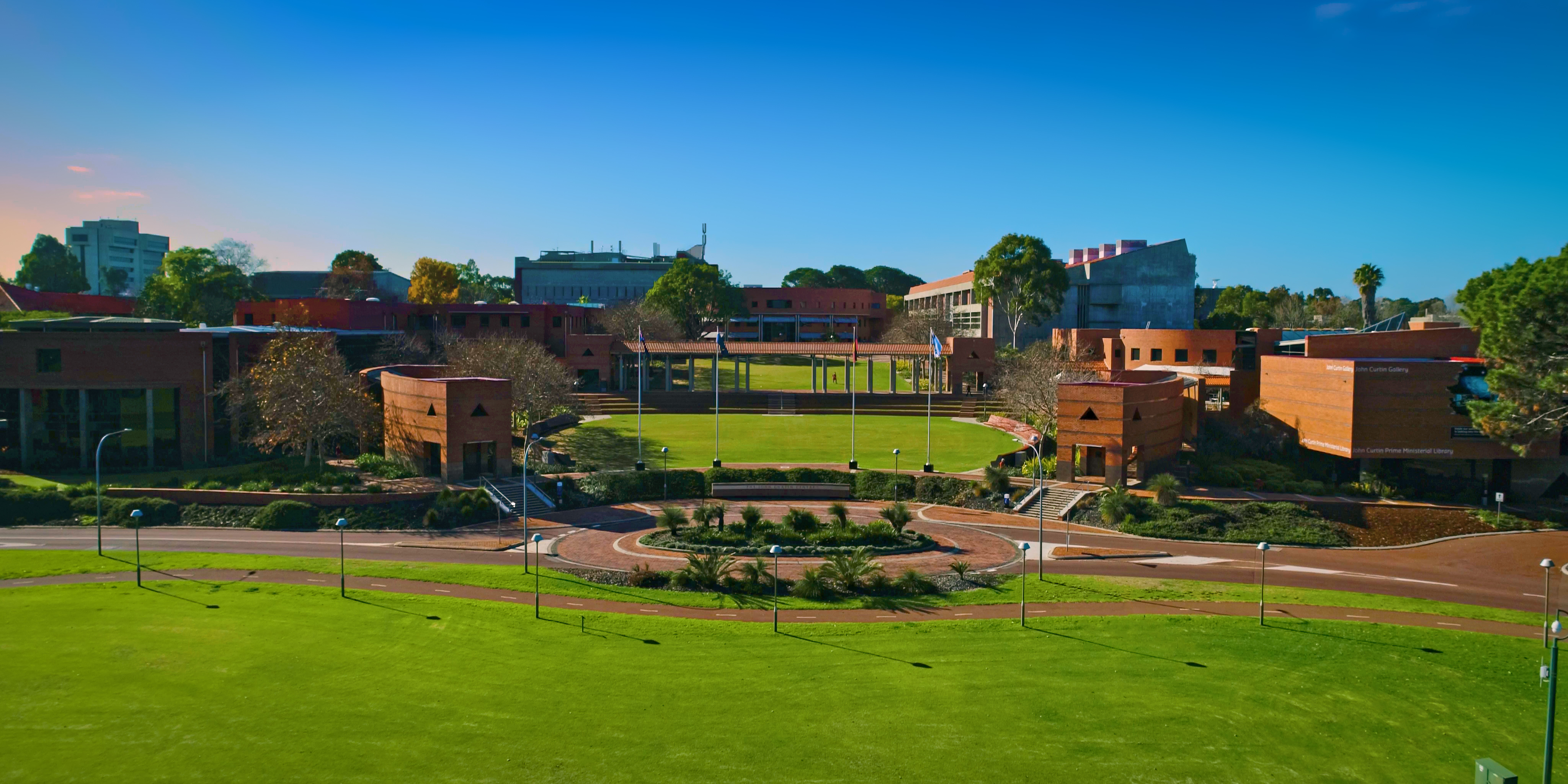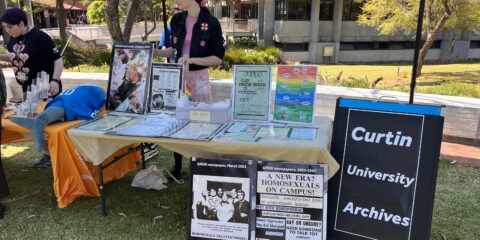2023: International Year of Millets
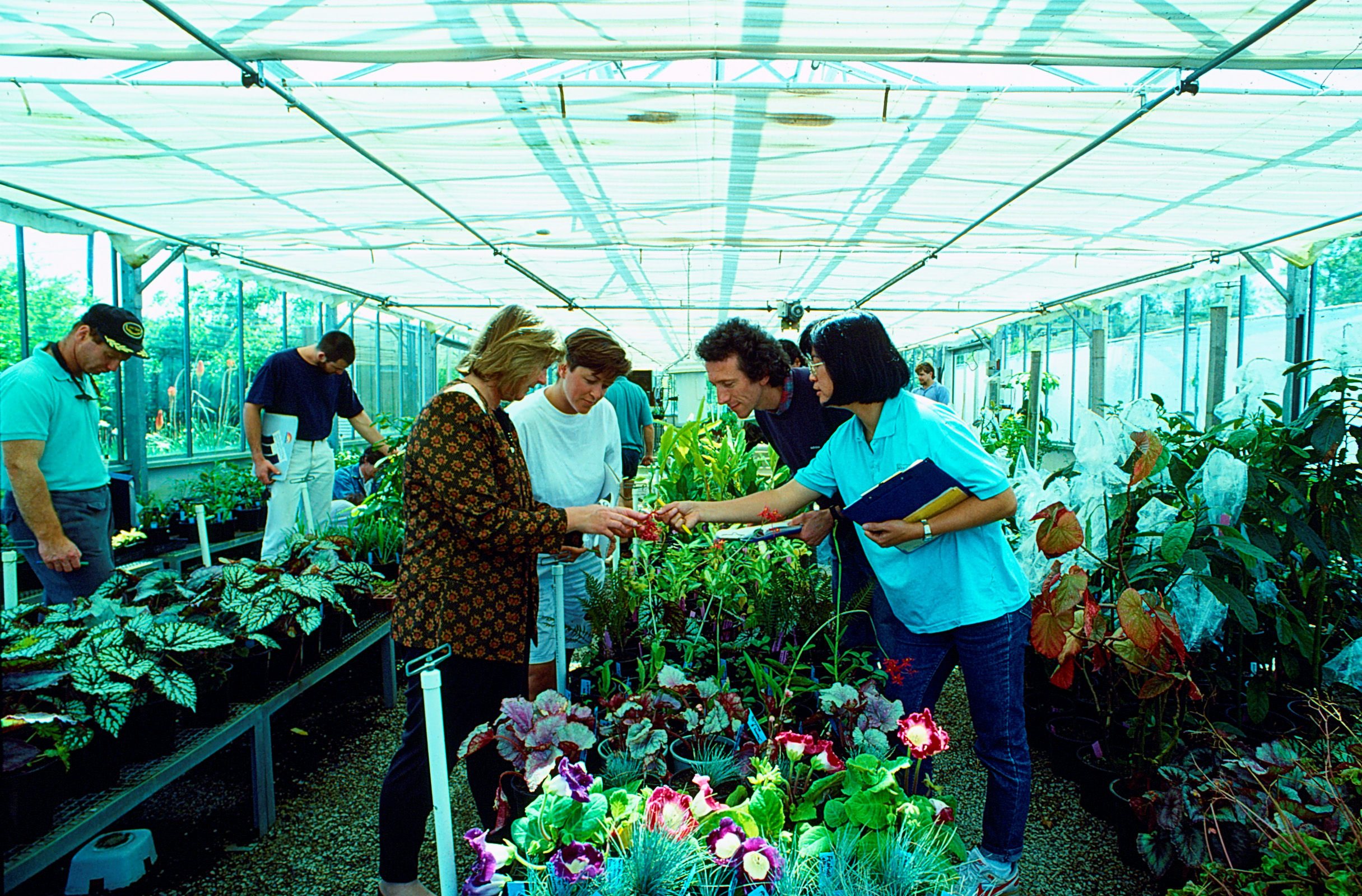
In March 2021, the United Nations declared 2023 as the International Year of Millets (IYM 2023). The IYM recognises of the importance of this grain in agriculture and our food supply chains. Considered an ancient grain (Wikipedia says we have consumed millets for around 7000 years), it is used as a cereal crop, a grain for animal fodder and food for humans.
Curtin has a long history of working with land and sea industries, in pursuing research to improve agricultural sustainability and building workforce capability. Now part of the WA Department of Training and Workforce Development, the Muresk Institute of Agriculture in Northam was one of the original technical colleges merged into Curtin’s predecessor, the Western Australian Institute of Technology in 1969. Muresk students studied plant biology, pathology, and how to develop stronger varieties of plants and crops and learnt about animal husbandry and farm management.
By the mid-1980s, the School of Biology at Bentley was interested in aquaculture, propagation studies, mining rehabilitation, growth and establishment of plant species, In the 1990s the School of Environmental Biology was building research and teaching capability across a number of environmental biology areas: conservation and reproductive biology of plants and animals, land restoration and silviculture, studies of aquatic organisms.
In 2014, Curtin made a research agreement with the Grains Research and Development Corporation to create the Centre for Crop and Disease Management – located in Building 304 on the Bentley campus. Research is focused on reducing the impact of crop disease in the Australian grains industry, providing solutions for testing, prevention and management of crop disease.
Here are some photos of pre-WAIT Muresk, Curtin students at Muresk in the 90s (photographer Robert Garvey), horticulture studies at Bentley in the 90s, and former Vice-Chancellor Deborah Terry at the Centre for Crop and Disease Management in 2014.
